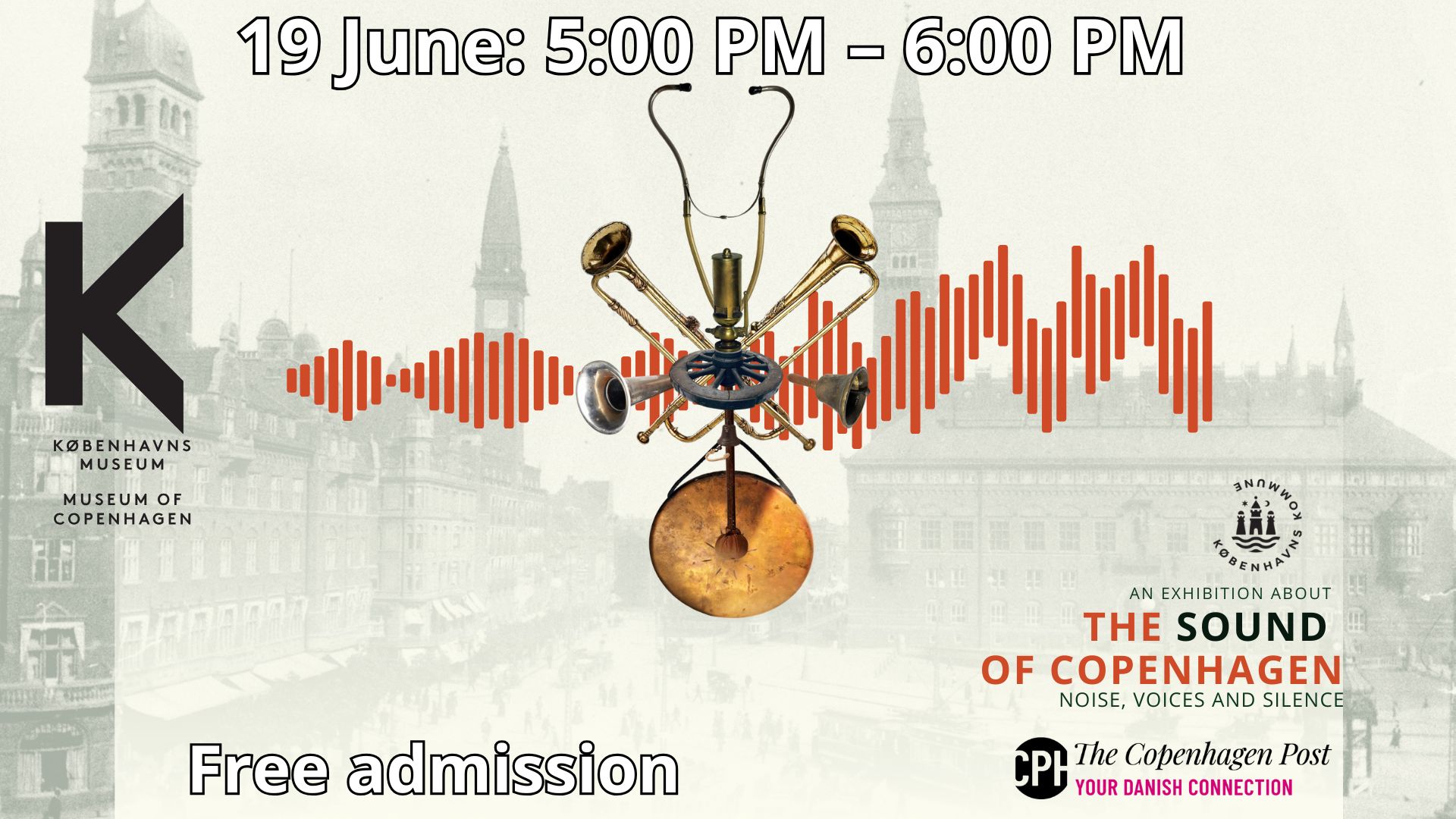Piedmont, which sits at the foothills of the Alps in northwest Italy, is a region that is known for many things: rolling green hills, sophisticated cuisine and, most importantly, world-class wine.
Here, the competition between the different wines on offer is no joke – a heady mix of intense dry tannin ‘gums’ and seductive bouquets found nowhere else in the world.
The king and the queen
Two wines reign supreme, but each has its place in the hierarchy. Barolo is the king and Barbaresco his queen. But the reign is a peaceful one and, often, both share more similarities than they do differences.
The similarities start with the colour of the wines: a relatively light shade of red that could signal a mild wine but reveals a taste of intense drying tannins.
The wines are also produced from the same grape variety: Nebbiolo, which is one of the hardest wines to handle properly when producing great-quality wines such as the ones from Piedmont.
All hail the king
Often hailed as ‘the king of wines and the wine of kings’, Barolo gets its name from the city it hails from. The wine is divided amongst the city’s five municipalities around the city – with each giving their wines a unique expression.
The area has historically been a siren call for amateur wine enthusiasts and wine connoisseurs alike. And it’s not surprising why – Barolo wines, though characterised as being a little harsh in the beginning with tannins that take a while to mellow, make great cellar wines. They have a bouquet and flavour profile that evokes hints of cherry, truffle, liquorice, chocolate, leather and cedar that gracefully evolves into stylish and soft tannins in the finished product. Well worth the wait, in other words.
Out of the shadows
Barbaresco, the queen of wine in the region, has unfairly been subjected to living in the shadow of Barolo.
However, this is completely undeserved. The wine, which is more influenced by the costal climate (though it is grown inland) around the river Tanaro, is suitable for an earlier harvest and has less intense tannins – which allows it to be enjoyed at a younger age.
The wine is fresh and the hints of dark red fruit are less pronounced than in Barolo. However, its many parallels with Barolo make it a good alternative this chilly December.













